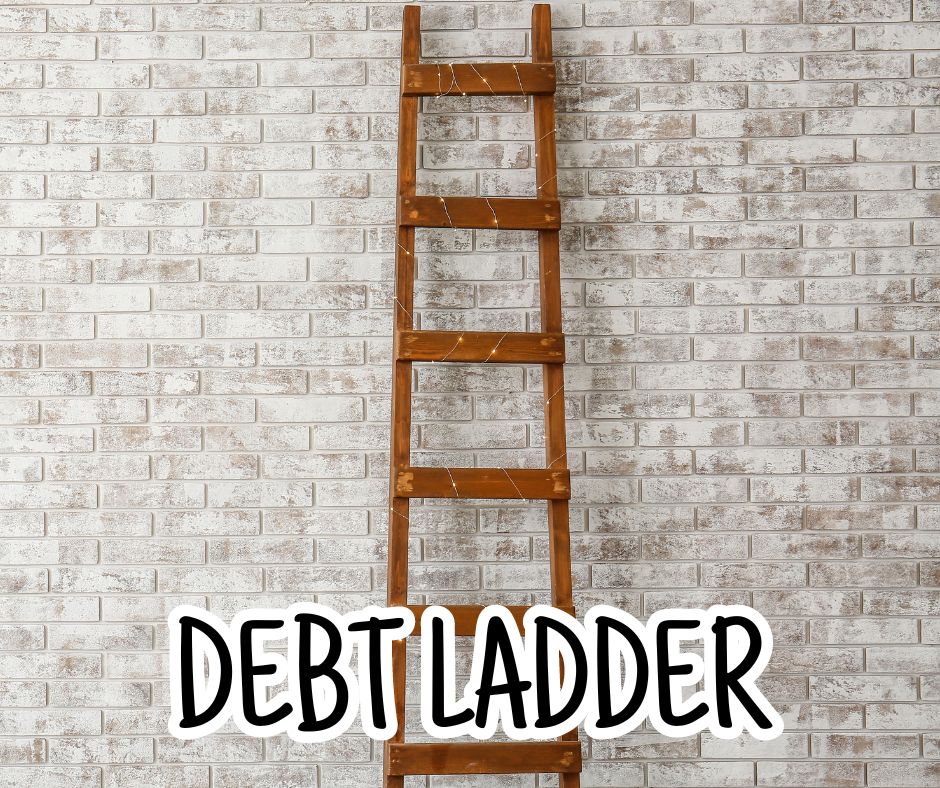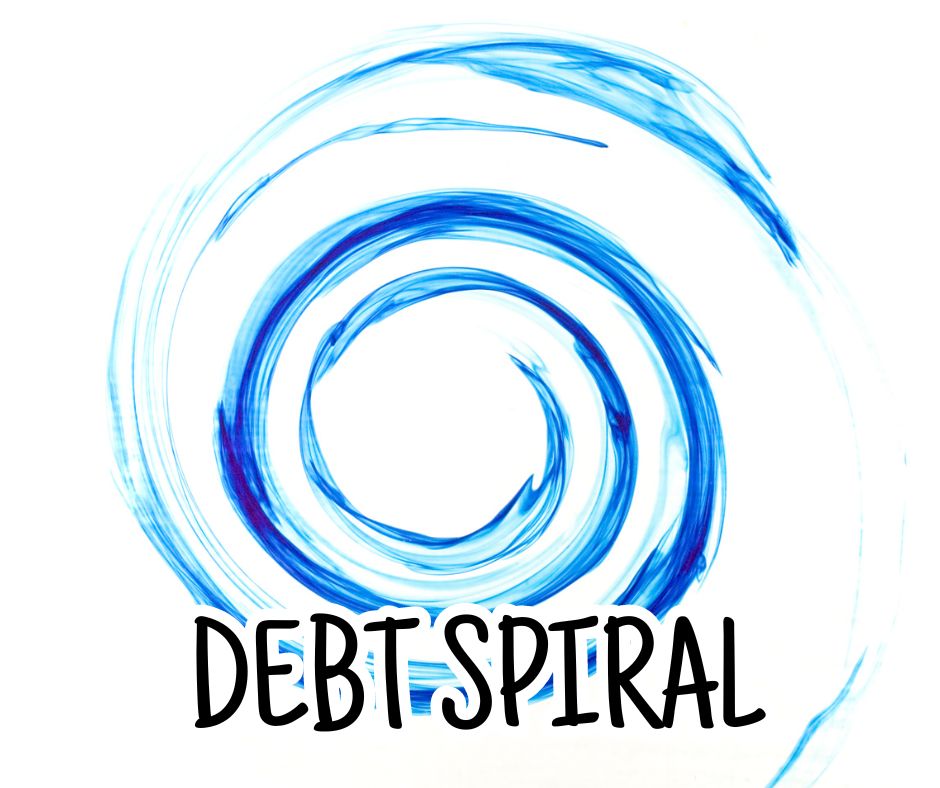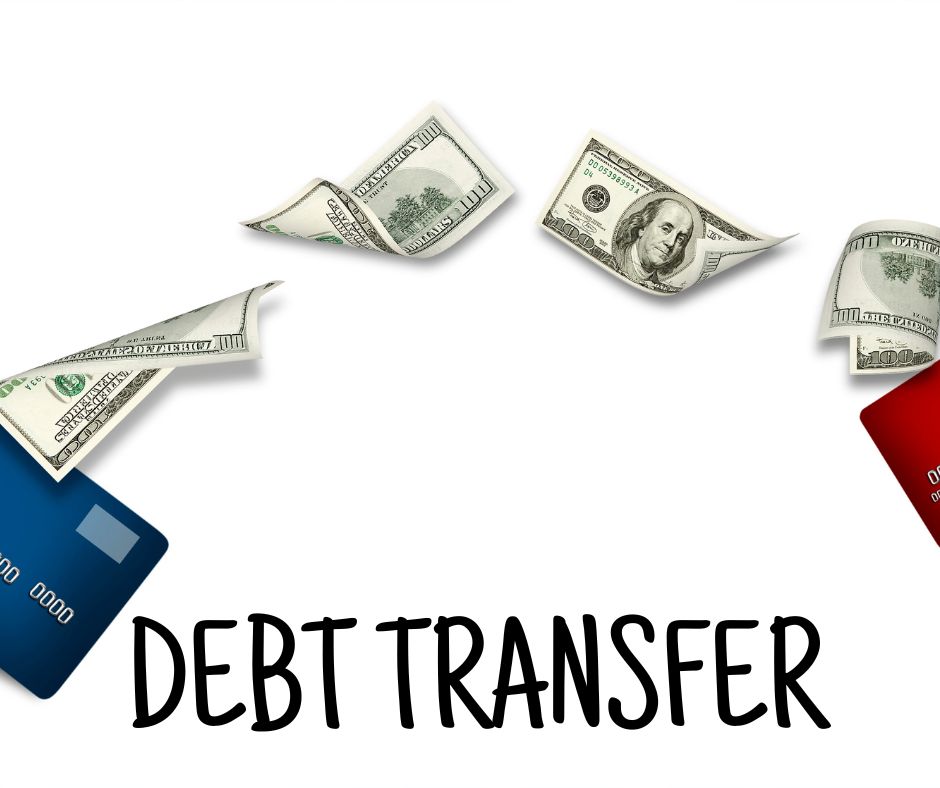This post may contain affiliate links.We may earn little commission or products from the companies mentioned in this post.
By now you might have figured out that not all debt payoff strategies will work well for you. Certain debt payoff strategies are very popular and talked about everywhere. You might have tried a few and still didn’t get the desired result. If the strategy you found and stuck with works for you, congratulations. However, if it’s not then you might want to shift your attention to the unpopular ones.
What is a debt payoff strategy?
A debt payoff strategy is a structured approach to eliminating debt, typically by prioritizing how debts are paid off based on certain criteria. One common method is the Debt Snowball approach, where you focus on paying off the smallest debts first while making minimum payments on larger debts. As each smaller debt is eliminated, the money that was allocated to it is then rolled over to the next smallest debt, creating a “snowball” effect. This method is effective for those who need quick wins to stay motivated, as paying off smaller debts quickly can provide a psychological boost.
Another popular method is the Debt Avalanche strategy, where you prioritize debts with the highest interest rates first. By focusing on high-interest debts, you reduce the overall amount of interest paid over time, which can lead to faster debt elimination. In this strategy, minimum payments are made on all debts except the one with the highest interest rate, to which you allocate any extra funds. This method is mathematically the most cost-effective, as it minimizes the total interest paid, although it may take longer to see progress compared to the Debt Snowball method.
Reasons to Have a Strategy
You have just read what a debt payoff strategy is and a mention of a few of the most popular methods. Let’s look at why now more than ever you need one.
- Reduce Financial Stress: A clear plan to pay off debt helps alleviate the anxiety and uncertainty of owing money.
- Save Money on Interest: By strategically paying down debt, you can reduce the amount of interest you pay over time, freeing up more money for other financial goals.
- Improve Credit Score: Successfully paying off debt can boost your credit score, making it easier to qualify for loans, mortgages, or better interest rates in the future.
- Achieve Financial Freedom: Eliminating debt allows you to take control of your finances, enabling you to save, invest, and spend without the burden of debt holding you back.
- Increase Disposable Income: As debt is paid off, more of your income becomes available for saving, investing, or spending on things you enjoy, enhancing your quality of life.
Unpopular Debt Payoff Strategy
Paying off debt can be challenging, and while some strategies are widely known and practiced, others are less popular but can be highly effective. Here are three less commonly discussed debt payment strategies:
Debt Ladders

The debt ladder strategy is similar to the debt avalanche and debt snowball methods but incorporates elements of both. It involves paying off debts in tiers based on interest rates and balances.
- How It Works:
- Debts are divided into tiers based on their interest rates and balances.
- Within each tier, you pay off the smallest balance first (like the snowball method) to gain quick wins and motivation.
- Once a tier is completed, you move to the next tier and focus on the highest interest rate (like the avalanche method).
- Benefits:
- Motivation: The quick wins from paying off smaller balances keep you motivated.
- Efficiency: Paying off high-interest debts reduces the overall interest paid over time.
Debt Spiral

The debt spiral method involves gradually increasing the amount you pay toward your debts each month. It requires a strong commitment and disciplined budgeting.
- How It Works:
- Start by paying the minimum on all debts.
- Each month, increase your total debt payment amount by a small, manageable percentage (e.g., 1-2%).
- Continue this process until you are making substantial payments toward your debt.
- Benefits:
- Gradual Increase: The incremental increase in payments makes it easier to adjust your budget.
- Accelerated Payoff: Over time, the increasing payments significantly reduce your debt faster than making fixed payments.
Debt Transfer and Stagger

This strategy involves strategically transferring balances and staggering debt payments to take advantage of lower interest rates and manage cash flow effectively.
- How It Works:
- Transfer high-interest debt to lower-interest accounts, such as balance transfer credit cards or lower-interest loans.
- Stagger the repayment schedules so that you pay off transferred balances before any promotional interest rates expire.
- Ensure that you don’t accumulate new debt during this period.
- Benefits:
- Interest Savings: Reducing interest rates on your debt can save significant money over time.
- Cash Flow Management: Staggered payments help manage cash flow more effectively, preventing financial strain.
Additional Tips:
- Commitment: All of these strategies require a high level of commitment and consistency to be effective.
- Budgeting: A well-planned budget is essential to ensure that you can make increasing or staggered payments without missing any.
- Professional Advice: Consider seeking advice from a financial advisor or debt counselor to tailor these strategies to your specific situation.
By exploring these less popular debt payment strategies, you can find a method that best suits your financial situation and helps you achieve your debt-free goals more efficiently.



